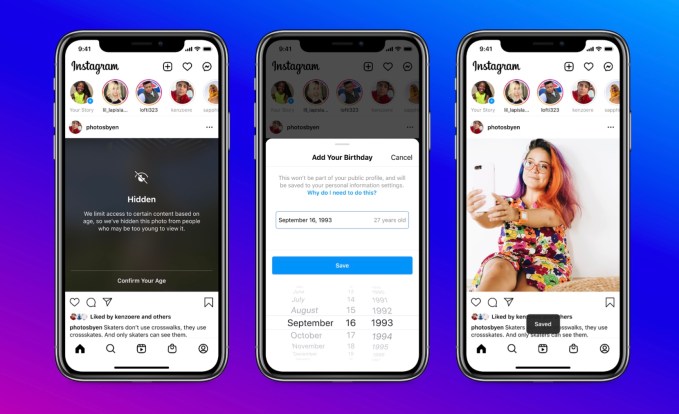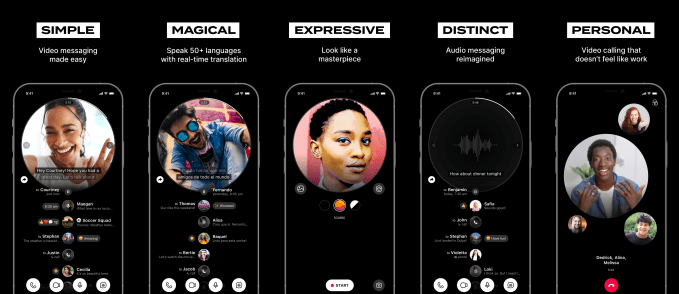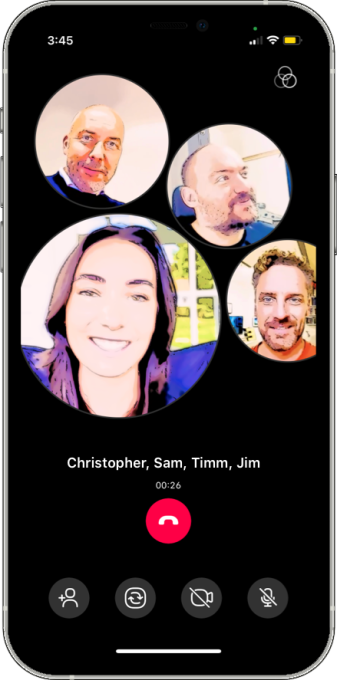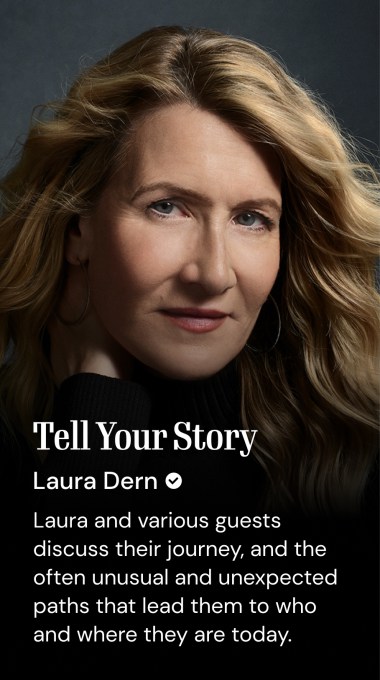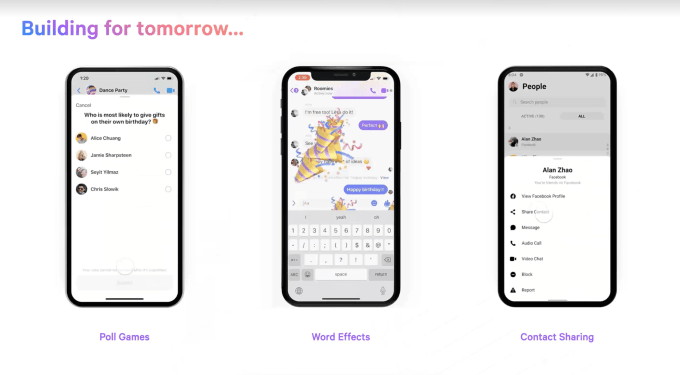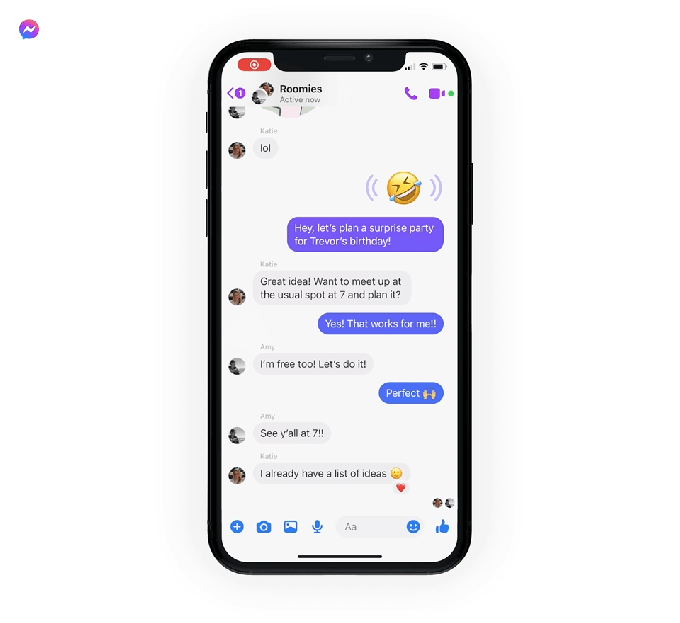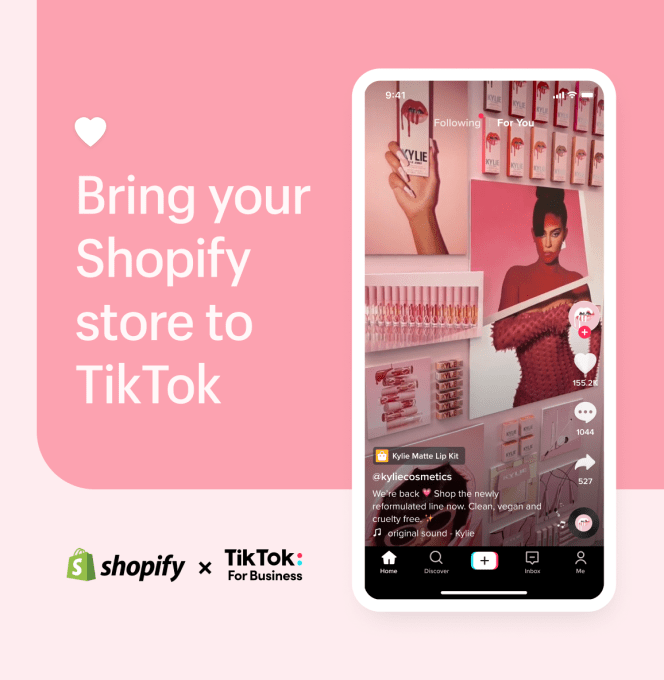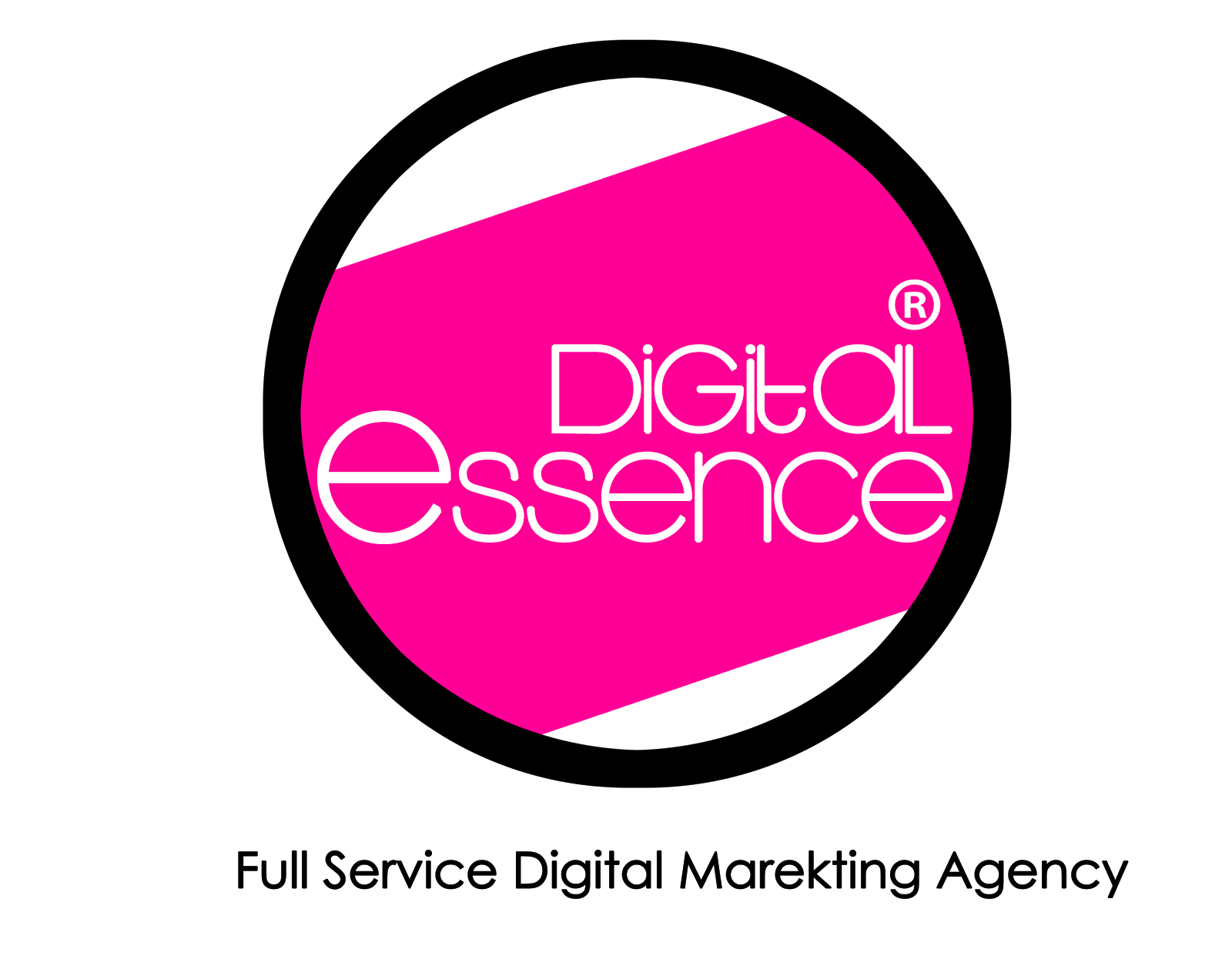Daniel Liss is the founder and CEO of
Dispo, the digital disposable camera social network.
This is the second post in a series on the Facebook monopoly. The first post explored how the U.S. Federal Trade Commission should define the Facebook monopoly. I am inspired by Cloudflare’s recent post explaining the impact of Amazon’s monopoly in its industry.
Perhaps it was a competitive tactic, but I genuinely believe it more a patriotic duty: guideposts for legislators and regulators on a complex issue. My generation has watched with a combination of sadness and trepidation as legislators who barely use email question the leading technologists of our time about products that have long pervaded our lives in ways we don’t yet understand.
I, personally, and my company both stand to gain little from this — but as a participant in the latest generation of social media upstarts, and as an American concerned for the future of our democracy, I feel a duty to try.
Mark Zuckerberg has reached his Key Largo moment.
In May 1972, executives of the era’s preeminent technology company — AT&T — met at a secret retreat in Key Largo, Florida. Their company was in crisis.
At the time, Ma Bell’s breathtaking monopoly consisted of a holy trinity: Western Electric (the vast majority of phones and cables used for American telephony), the lucrative long distance service (for both personal and business use) and local telephone service, which the company subsidized in exchange for its monopoly.
Over the next decade, all three government branches — legislators, regulators and the courts — parried with AT&T’s lawyers as the press piled on, battering the company’s reputation in the process. By 1982, a consent decree forced AT&T’s dismantling. The biggest company on earth withered to 30% of its book value and seven independent “Baby Bell” regional operating companies. AT&T’s brand would live on, but the business as the world knew it was dead.
Mark Zuckerberg is, undoubtedly, the greatest technologist of our time. For over 17 years, he has outgunned, outsmarted and outperformed like no software entrepreneur before him. Earlier this month, the U.S. Federal Trade Commission refiled its sweeping antitrust case against Facebook.
Its own holy trinity of Facebook Blue, Instagram and WhatsApp is under attack. All three government branches — legislators, regulators and the courts — are gaining steam in their fight, and the press is piling on, battering the company’s reputation in the process. Facebook, the AT&T of our time, is at the brink. For so long, Zuckerberg has told us all to move fast and break things. It’s time for him to break Facebook.
If Facebook does exist to “make the world more open and connected, and not just to build a company,” as Zuckerberg wrote in the 2012 IPO prospectus, he will spin off Instagram and WhatsApp now so that they have a fighting chance. It would be the ultimate Zuckerbergian chess move. Zuckerberg would lose voting control and thus power over all three entities, but in his action he would successfully scatter the opposition. The rationale is simple:
- The United States government will break up Facebook. It is not a matter of if; it is a matter of when.
- Facebook is already losing. Facebook Blue, Instagram and WhatsApp all face existential threats. Pressure from the government will stifle Facebook’s efforts to right the ship.
- Facebook will generate more value for shareholders as three separate companies.
I write this as an admirer; I genuinely believe much of the criticism Zuckerberg has received is unfair. Facebook faces Sisyphean tasks. The FTC will not let Zuckerberg sneeze without an investigation, and the company has failed to innovate.
Given no chance to acquire new technology and talent, how can Facebook survive over the long term? In 2006, Terry Semel of Yahoo offered $1 billion to buy Facebook. Zuckerberg reportedly remarked, “I just don’t know if I want to work for Terry Semel.” Even if the FTC were to allow it, this generation of founders will not sell to Facebook. Unfair or not, Mark Zuckerberg has become Terry Semel.
The government will break up Facebook
It is not a matter of if; it is a matter of when.
In a speech on the floor of Congress in 1890, Senator John Sherman, the founding father of the modern American antitrust movement, famously said, “If we will not endure a king as a political power, we should not endure a king over the production, transportation and sale of any of the necessities of life. If we would not submit to an emperor, we should not submit to an autocrat of trade with power to prevent competition and to fix the price of any commodity.”
This is the sentiment driving the building resistance to Facebook’s monopoly, and it shows no sign of abating. Zuckerberg has proudly called Facebook the fifth estate. In the U.S., we only have four estates.
All three branches of the federal government are heating up their pursuit. In the Senate, an unusual bipartisan coalition is emerging, with Senators Amy Klobuchar (D-MN), Mark Warner (D-VA), Elizabeth Warren (D-MA) and Josh Hawley (R-MO) each waging a war from multiple fronts.
In the House, Speaker Nancy Pelosi (D-CA) has called Facebook “part of the problem.” Lina Khan’s FTC is likewise only getting started, with unequivocal support from the White House that feels burned by Facebook’s disingenuous lobbying. The Department of Justice will join, too, aided by state attorneys general. And the courts will continue to turn the wheels of justice, slowly but surely.
In the wake of Facebook co-founder Chris Hughes’ scathing 2019 New York Times op-ed, Zuckerberg said that Facebook’s immense size allows it to spend more on trust and safety than Twitter makes in revenue.
“If what you care about is democracy and elections, then you want a company like us to be able to invest billions of dollars per year like we are in building up really advanced tools to fight election interference,” Zuckerberg said.
This could be true, but it does not prove that the concentration of such power in one man’s hands is consistent with U.S. public policy. And the centralized operations could be rebuilt easily in standalone entities.
Time and time again, whether on Holocaust denial, election propaganda or vaccine misinformation, Zuckerberg has struggled to make quick judgments when presented with the information his trust and safety team uncovers. And even before a decision is made, the structure of the team disincentivizes it from even measuring anything that could harm Facebook’s brand. This is inherently inconsistent with U.S. democracy. The New York Times’ army of reporters will not stop uncovering scandal after scandal, contradicting Zuckerberg’s narrative. The writing is on the wall.
Facebook is losing
Facebook Blue, Instagram and WhatsApp all face existential threats. Pressure from the government will stifle Facebook’s efforts to right the ship.
For so long, Facebook has dominated the social media industry. But if you ask Chinese technology executives about Facebook today, they quote Tencent founder Pony Ma: “When a giant falls, his corpse will still be warm for a while.”
Facebook’s recent demise begins with its brand. The endless, cascading scandals of the last decade have irreparably harmed its image. Younger users refuse to adopt the flagship Facebook Blue. The company’s internal polling on two key metrics — good for the world (GFW) and cares about users (CAU) — shows Facebook’s reputation is in tatters. Talent is fleeing, too; Instacart alone recently poached 55 Facebook executives.
In 2012 and 2014, Instagram and WhatsApp were real dangers. Facebook extinguished both through acquisition. Yet today they represent the company’s two most promising, underutilized assets. They are the underinvested telephone networks of our time.
Weeks ago, Instagram head Adam Mosseri announced that the company no longer considers itself a photo-sharing app. Instead, its focus is entertainment. In other words, as the media widely reported, Instagram is changing to compete with TikTok.
TikTok’s strength represents an existential threat. U.S. children 4 to 15 already spend over 80 minutes a day on ByteDance’s TikTok, and it’s just getting started. The demographics are quickly expanding way beyond teenagers, as social products always have. For Instagram, it could be too little too late — as a part of Facebook, Instagram cannot acquire the technology and retain the talent it needs to compete with TikTok.
Imagine Instagram acquisitions of Squarespace to bolster its e-commerce offerings, or Etsy to create a meaningful marketplace. As a part of Facebook, Instagram is strategically adrift.
Likewise, a standalone WhatsApp could easily be a $100 billion market cap company. WhatsApp has a proud legacy of robust security offerings, but its brand has been tarnished by associations with Facebook. Discord’s rise represents a substantial threat, and WhatsApp has failed to innovate to account for this generation’s desire for community-driven messaging. Snapchat, too, is in many ways a potential WhatsApp killer; its young users use photography and video as a messaging medium. Facebook’s top augmented reality talents are leaving for Snapchat.
With 2 billion monthly active users, WhatApp could be a privacy-focused alternative to Facebook Blue, and it would logically introduce expanded profiles, photo-sharing capabilities and other features that would strengthen its offerings. Inside Facebook, WhatsApp has suffered from underinvestment as a potential threat to Facebook Blue and Messenger. Shareholders have suffered for it.
Beyond Instagram and WhatsApp, Facebook Blue itself is struggling. Q2’s earnings may have skyrocketed, but the increase in revenue hid a troubling sign: Ads increased by 47%, but inventory increased by just 6%. This means Facebook is struggling to find new places to run its ads. Why? The core social graph of Facebook is too old.
I fondly remember the day Facebook came to my high school; I have thousands of friends on the platform. I do not use Facebook anymore — not for political reasons, but because my friends have left. A decade ago, hundreds of people wished me happy birthday every year. This year it was 24, half of whom are over the age of 50. And I’m 32 years old. Teen girls run the social world, and many of them don’t even have Facebook on their phones.
Zuckerberg’s newfound push into the metaverse has been well covered, but the question remains: Why wouldn’t a Facebook serious about the metaverse acquire Roblox? Of course, the FTC would currently never allow it.
Facebook’s current clunky attempt at a hardware solution, with an emphasis on the workplace, shows little sign of promise. The launch was hardly propitious, as CNN reported, “While Bosworth, the Facebook executive, was in the middle of describing how he sees Workrooms as a more interactive way to gather virtually with coworkers than video chat, his avatar froze midsentence, the pixels of its digital skin turning from flesh-toned to gray. He had been disconnected.”
This is not the indomitable Facebook of yore. This is graying Facebook, freezing midsentence.
Facebook will generate more value for shareholders as three separate companies
Zuckerberg’s control of 58% of Facebook’s voting shares has forestalled a typical Wall Street reckoning: Investors are tiring of Zuckerberg’s unilateral power. Many justifiably believe the company is more valuable as the sum of its parts. The success of AT&T’s breakup is a case in point.
Five years after AT&T’s 1984 breakup, AT&T and the Baby Bells’ value had doubled compared to AT&T’s pre-breakup market capitalization. Pressure from Japanese entrants battered Western Electric’s market share, but greater competition in telephony spurred investment and innovation among the Baby Bells.
AT&T turned its focus to competing with IBM and preparing for the coming information age. A smaller AT&T became more nimble, ready to focus on the future rather than dwell on the past.
Standalone Facebook Blue, Instagram and WhatsApp could drastically change their futures by attracting talent and acquiring new technologies.
The U.K.’s recent opposition to Facebook’s $400 million GIPHY acquisition proves Facebook will struggle mightily to acquire even small bolt-ons.
Zuckerberg has always been one step ahead. And when he wasn’t, he was famously unprecious: “Copying is faster than innovating.” If he really believes in Facebook’s mission and recognizes that the situation cannot possibly get any better from here, he will copy AT&T’s solution before it is forced upon him.
Regulators are tying Zuckerberg’s hands behind his back as the company weathers body blows and uppercuts from Beijing to Silicon Valley. As Zuckerberg’s idol Augustus Caesar might have once said, carpe diem. It’s time to break Facebook.

from Social – TechCrunch https://ift.tt/3mFx8yX
via
IFTTT





